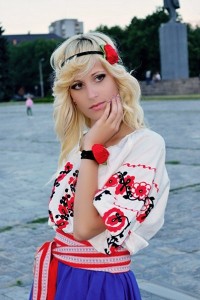
The embroidered shirt or vyshyvanka is one of the symbols of Ukraine. Handmade and decorated with original patterns with deep meanings it symbolizes the traditional generosity and hospitality of the Ukrainian people and the skills of hard working Ukrainian women.
It’s well-known that embroidery is a national art and a handicraft of Ukrainians. The patterns and their elements, color and technique depend on the region of Ukraine. Traditionally it was made of homemade linen which was produced by loom. Nowadays people use ready-made linen and cotton fabrics but the embroidery is still handmade.
Ancient Ukrainians believed that vyshyvanka was not just a dress, it was a sacred object which was passed on from generation to generation and preserved as relic.
Every Ukrainian woman had her own favorite patterns and colors which she showed only to her daughters. Vyshyvanka, embroidered by a loving Ukrainian woman, brought energy and protection. Traditionally, every Ukrainian bride had to embroider vyshyvanka to her groom. The wedding vyshyvanka was dressed only once but it was stored as a symbol of happiness in a marriage life.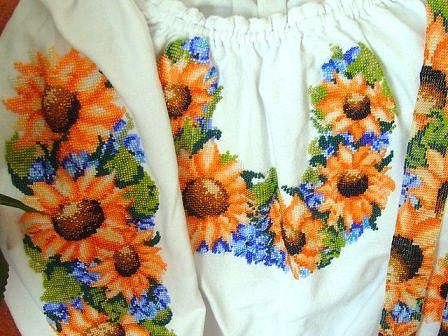
The white embroidered shirt is a symbol of love and faithfulness. Ancient Ukrainians had an interesting custom – the Ukrainian bride was faithful to her husband while his vyshyvanka was white and clean. In some folk songs to wash an embroider shirt meant to have close relations.
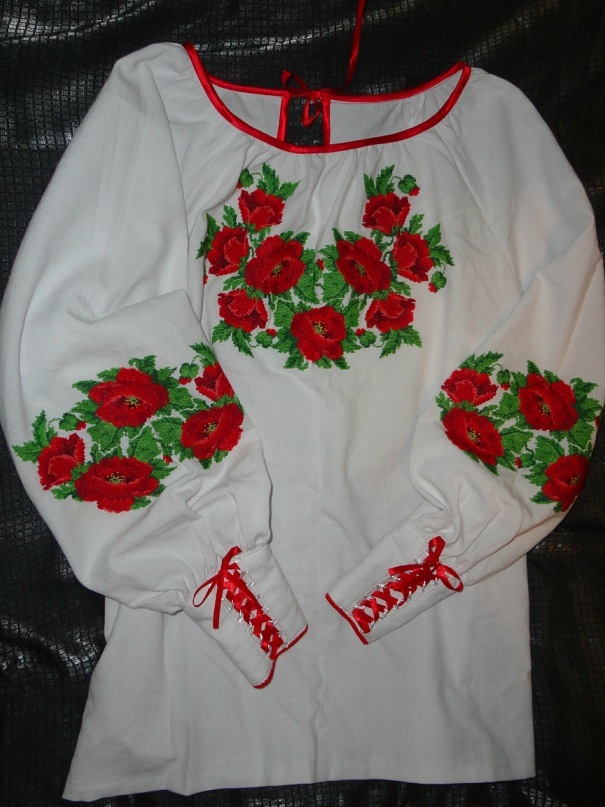
Vyshyvanka with different pattern is kind of amulet and talisman, protecting Ukrainians from the evil eye, disease and failure. Very often Ukrainian women embroidered their life and hopes on vyshyvanka, so in the pattern we can see the Sun, Earth, Water, stars, birds, lilies, oaks, grapes, roses and viburnum.
The eight-pointed star is the main character in the Ukrainian embroidery. This star is a symbol of mother and her important role in the life. Each vyshyvanka has only one eight-pointed star because a person may have only one mother.
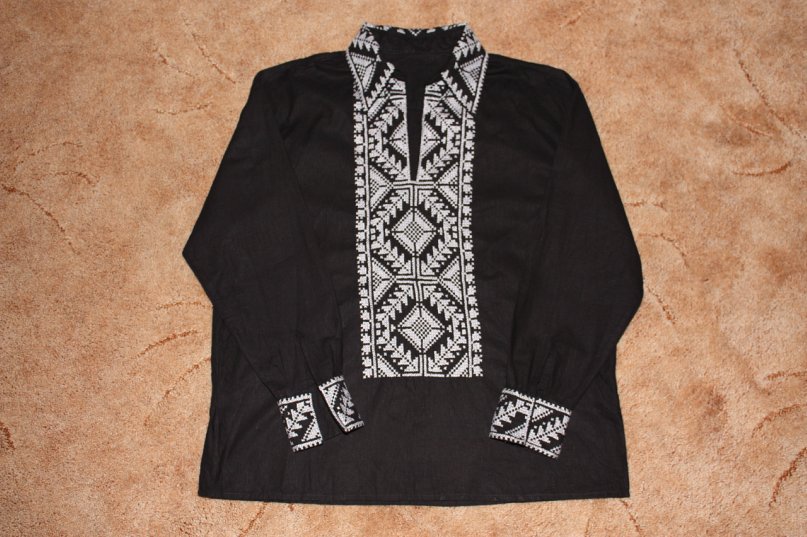
Viburnum is the Ukrainian family tree, the red berries of viburnum symbolize the immortality of the generation. Viburnum is also a symbol of Ukrainian brides, so they may embroider this symbol to show that they are not married and looking for a serious relations. Red viburnum berries symbolize prosperity and a strong family. Viburnum bush is the image of mother and berries are her children. This pattern is very popular among Ukrainian brides.
Oak symbolizes the male strength and the embroidery shirt with oak protect man, unmarried men wear vyshyvanka with oak leaves to find the beloved.
Grapes mean happiness, joy and the creation of a new family. Garden of grapes symbolizes the vital field, where the husband is the sower, and the wife raises and protects the family. People who wear embroideries with this pattern are happy in their marriage life.
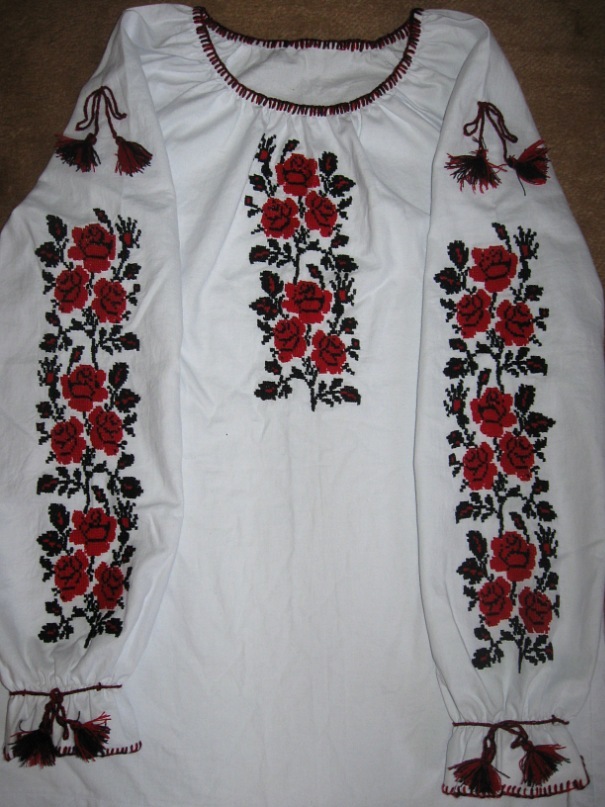
Lily – is a symbol of purity and innocence of Russian brides. Lily helps to collect female energy that’s why women wear vyshyvanka with lilies while they are pregnant.
Patterns with poppy flowers are the amulet against the evil eye. Beautiful Ukrainian girls embroider bright poppies to protect their youth from envious and evil people. Ancient Ukrainian believed that the bright embroidery helped to divert the negative people.
Patterns with roses are the symbol of sunshine and the renewal of nature. Roses on vyshyvanka bring good luck and happiness.
Patterns with the leaves of hops are the symbols of youth, energy and love. It’s a popular pattern on the wedding vyshivankas.
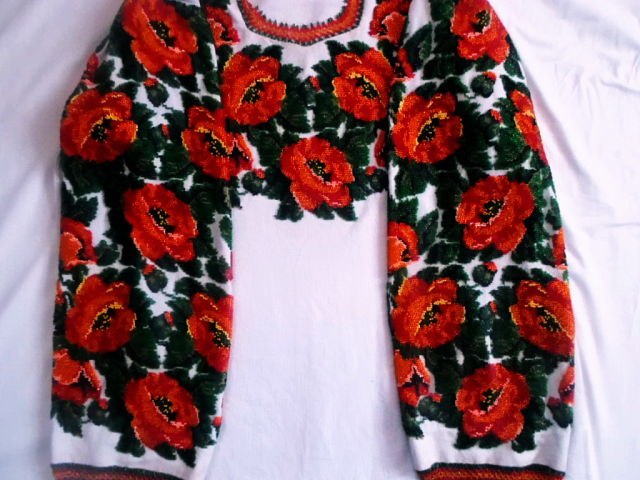
Geometric patterns such as stars, rhombs and circles are the good protection against evil people and bring happiness to the owner.
Nowadays Ukrainian people wear hand-made vyshyvankas to have the connection with ancestors and their protection. There are not only embroidered shirts but even costumes, skits and handbags. People wear them to look beautiful and stylish because the traditional Ukrainian vyshyvanka never goes out of fashion. And some Ukrainian ladies still embroider the patters which were created by their great-grandmother.
